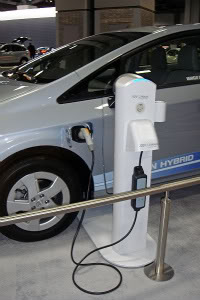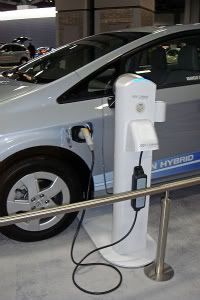Electric Vehicles Offer a Bright Future

I notice that 17 people have responded with comments thus far to my recent piece on Renewable Energy World in which I discussed plug-in hybrids and the Chevy Volt in particular. Although the purpose of my original article was to call for a simplification of our industry jargon, I can now see that there is a certain amount of inherent complexity to the whole concept of electric transportation and how clean it is.
Readers may wish to wade through each of these comments; it’s certainly an instructive exercise. But I would summarize the situation as follows:
People tend to focus on the cleanliness of the power plant from which the charging is taking place. And common wisdom would suggest that, to the degree to which an EV is powered from electricity from the dirtiest of coal plants, little if any environmental benefit accrues.
But, as alluring and intuitively obvious as that idea may appear, it’s not 100% true. Electric vehicles are generally charged at night with off-peak power, as much as 80% of which is dumped back to ground anyway. Thus, in a very real sense, the fuel for all the EVs that we could possibly introduce over the coming decade or so (up to somewhere between the first 70 – 90 million depending on which report you read) comes with no environmental damage – even in this extreme case.
And, of course, from there, the environment impact case for EVs remains strong. As clean energy gains better penetration (it’s still under 2% in the US), an increasing number of EVs will be charged from renewable power sources.
I see a bright future here.

